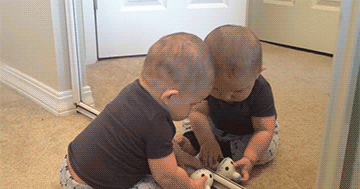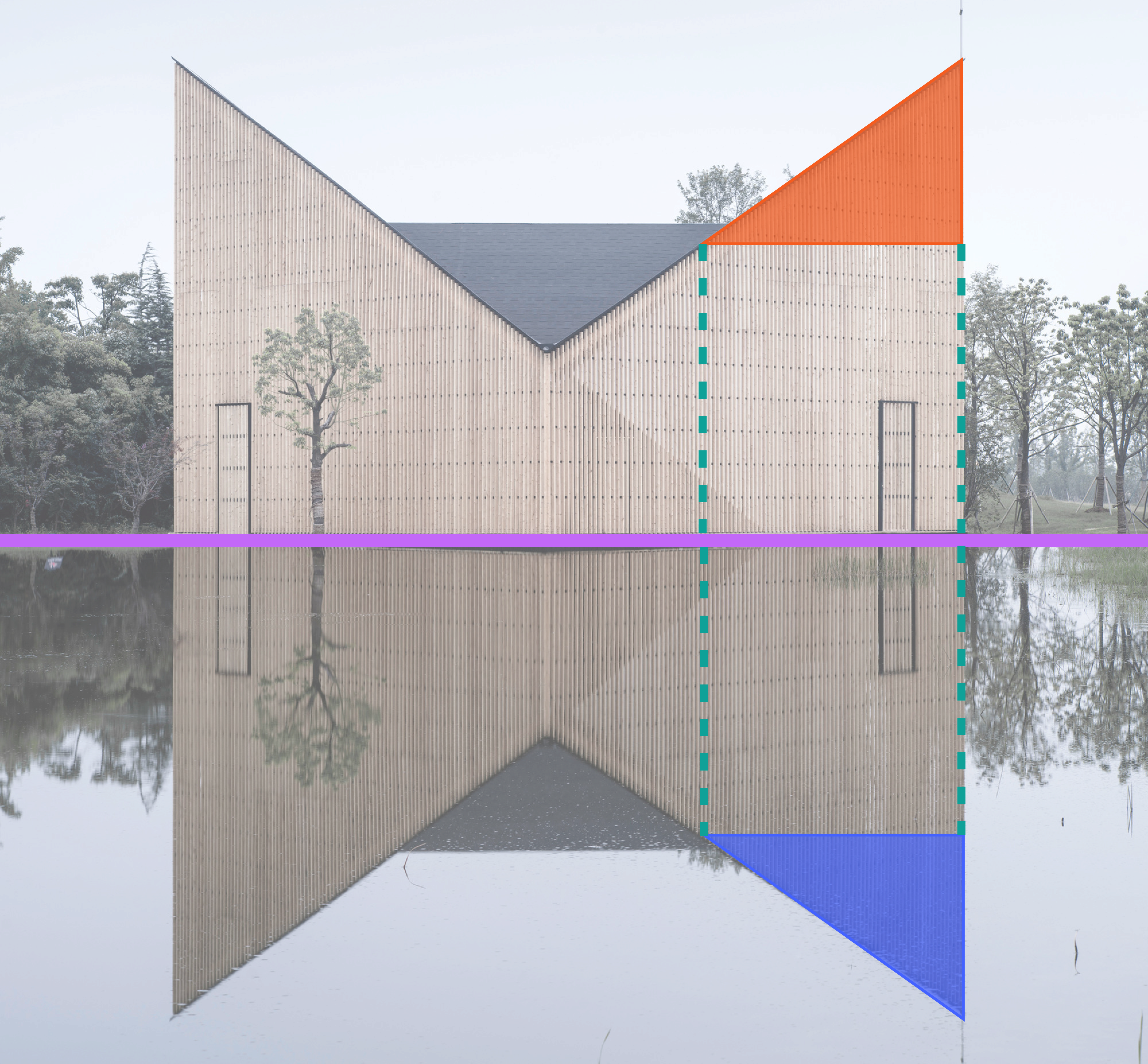CALCULATOR
—
Reflection Calculator
Step 1. Identify the original points.
How many points does your shape have?

We have some questions for you! Help us out through this
INTRO
—
A reflection is a type of rigid transformation, which means it changes the position or orientation of an image without changing its size or shape. The fixed line is called the line of reflection, and in the image below, it’s where the ground meets the water. Notice that the points from the actual building and the points from the reflection of the building are equal distances away from the line of reflection on opposite sides.
The fixed line is called the line of reflection, and in the image below, it’s where the ground meets the water. Notice that the points from the actual building and the points from the reflection of the building are equal distances away from the line of reflection on opposite sides. or explore our and sections to learn more about reflections and test your understanding.
or explore our and sections to learn more about reflections and test your understanding.
A reflection does this by flipping an image across a fixed line - just like a mirror!
 The fixed line is called the line of reflection, and in the image below, it’s where the ground meets the water. Notice that the points from the actual building and the points from the reflection of the building are equal distances away from the line of reflection on opposite sides.
The fixed line is called the line of reflection, and in the image below, it’s where the ground meets the water. Notice that the points from the actual building and the points from the reflection of the building are equal distances away from the line of reflection on opposite sides.
In this example, the line of reflection is horizontal, but it can also be vertical or diagonal.
Check out our Calculator
Lesson
Practice
You can also use the Quick Links menu on the left to jump to a section of your choice.
You can also use the Quick Links dropdown above to jump to a section of your choice.
KEY STEPS
—
How to Reflect Shapes
Step 1. Identify the original points.
Step 2. Identify the line of reflection.
This is important because when you reflect your original shape over this line, the new shape will still be the same distance from the line in the opposite direction.
Step 3. Find the distance between each original point and the line of reflection.
Count the number of units from each original point to the line of reflection.
Step 4. Plot each new point on the opposite side of the line of reflection the same number of units away from the line as its respective original point.
LESSON
— Reflections
PRACTICE
— Reflections
CONCLUSION
—
Leave Feedback